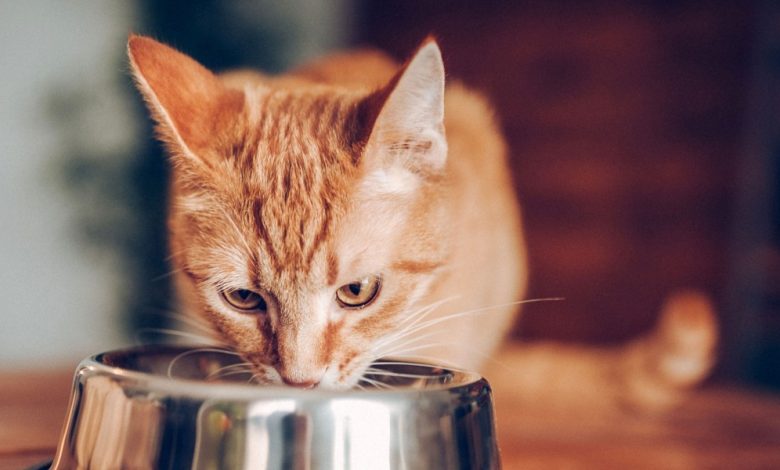Understanding the Ingredients: How to Read Canned Cat Food Labels

Astkatta canned cat food is a staple in feline nutrition, offering essential nutrients and hydration. However, the labels on these cans can be frighteningly difficult for the average pet owner. It is crucial to know what goes into a cat’s dietary requirements for the health and well-being of the animal.
This guide aims to help you make a cognizant decision for your fuzzy friend by bestowing you with a handbook into the appalling world of preserved cat food labels.
Why It Is Essential to Read Labels
Read and think about cat cooking labels for the following reasons:
• Nutritional Balance:
Ensures your cat can receive a balanced diet involving all possible vitamins.
• Allergies:
Helps in finding out susceptible substances that can affect your cat.
• Ingredient Quality:
Defines quality in pieces that have been used in the food.
Basic Components in an Animal Food Label
There are certain key components to look for when looking at a canned kitten food label:
1. List of Ingredients
The ingredient list on a label is one of the most important features it has, as it gives an idea of what the cat will be eating. Ingredients are presented in order of weight, from heaviest to lightest. Here’s what to check for:
High-Quality Proteins:
Ensure the first elements are specific animal proteins like chicken, meat, or fish.
Avoid Fillers:
Soy, corn, and grain are low in nutrition and serve only as fillers.
Named Fats:
Chicken fat is a favorite over “animal fat,” which lacks the requirement.
2. Guaranteed Analysis
This section outlines the minimum or maximum percentages of certain nutrients inside the food. Important parts contain:
Crude Protein:
Important for influencing growth and strength.
Crude Fat:
Supports energy and upholds skin and coat condition.
Crude Fiber:
Helps digestion and avoids hairballs.
Moisture Content:
Critical for hydration, particularly in preserved cooking.
3. Nutritional Adequacy Statement
Look for the statement on the label that shows whether the food fulfills AAFCO (Association of American Feed Control Officials) nutritional benchmarks.
Complete and Balanced:
Shows that the food supports all necessary nutrients for a given life stage.
Life Stage Suitability:
Verify that the food is appropriate for your cat’s age. Whether it is a kitten, an adult, or a senior.
Decoding Marketing Terms
Canned cat food labels often include marketing terms that can be misleading.
Here’s how to interpret them:
• “Natural”:
Suggests there are no artificial flavors, colors, or preservatives used, but does not guarantee anything.
• “Grain-Free”:
Suitable for lions with seed allergies, but not necessarily more healthful.
• “Premium” or “Gourmet”:
These terms are not regulated and do not signify higher quality.
Tips for Choosing the Right Canned Cat Food
• Consult Your Veterinarian:
Always explain dietary changes accompanying your vet, particularly if your cat has health issues.
• Trial and Error:
Cats may be picky eaters, so you may need to try several brands or flavors.
• Monitor Your Cat’s Health:
Look at your cat’s coat, energy levels, and digestion to ensure the food is acceptable.
Conclusion
Understanding canned cat food labels is essential for making conversant decisions about your pet’s diet. By fixating on high-quality additives, nutritional ability, and avoiding confusing marketing agreements, you can ensure your cat sustains the best possible nutrition.
Always consult with your veterinarian to tailor your cat’s diet to their distinguishing needs, and remember that a well-fed cat is a happy and healthful companion.




